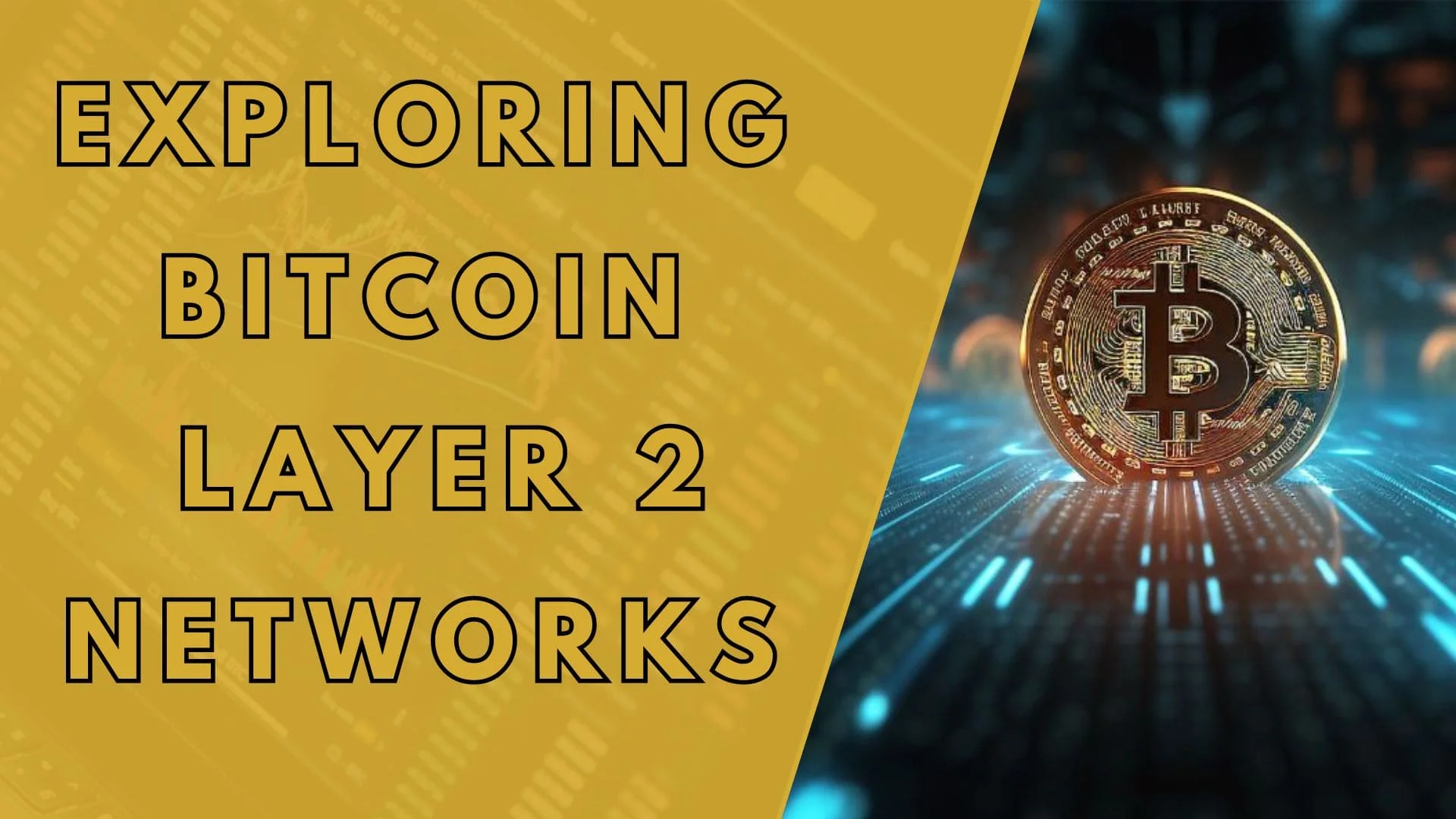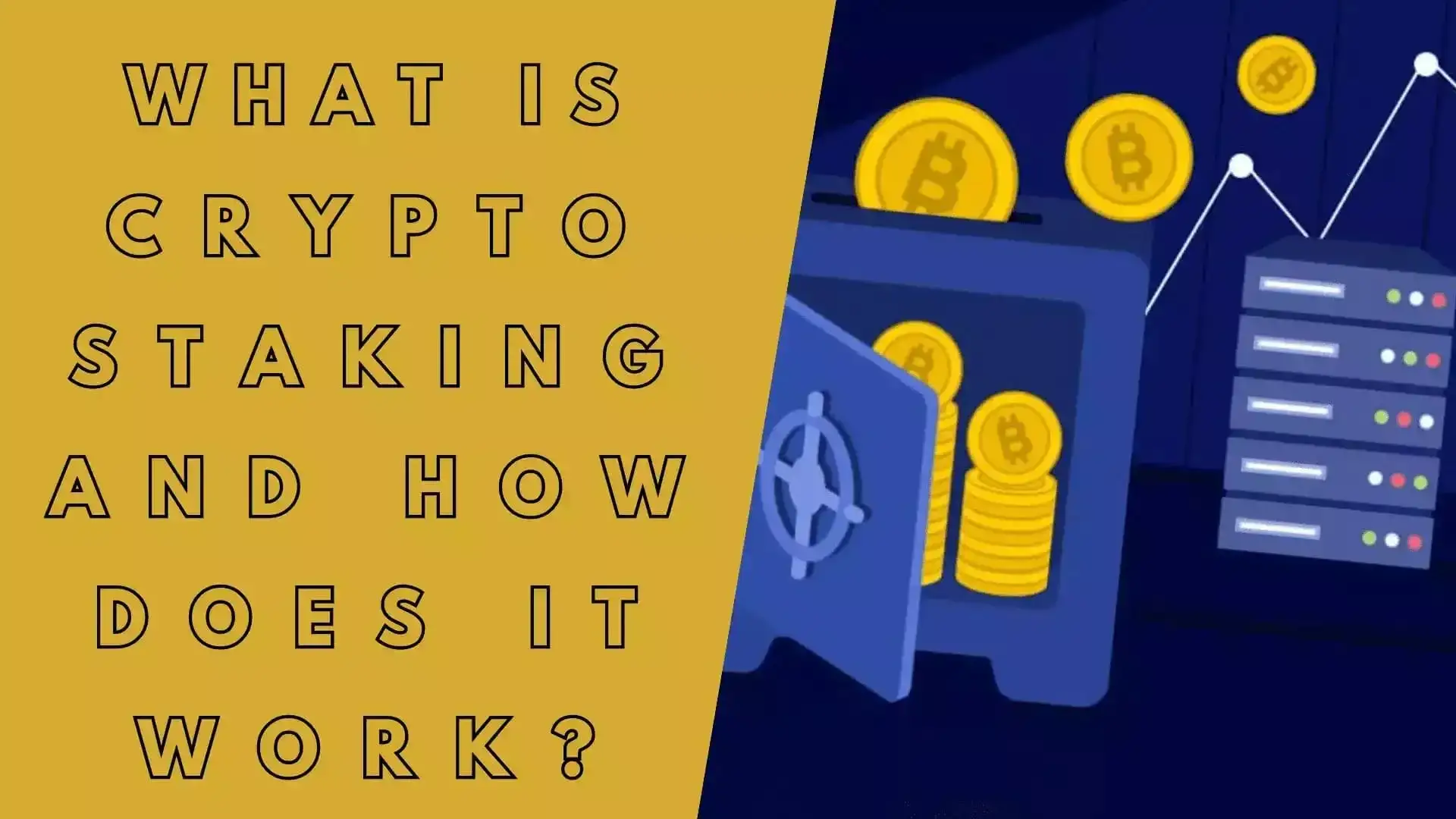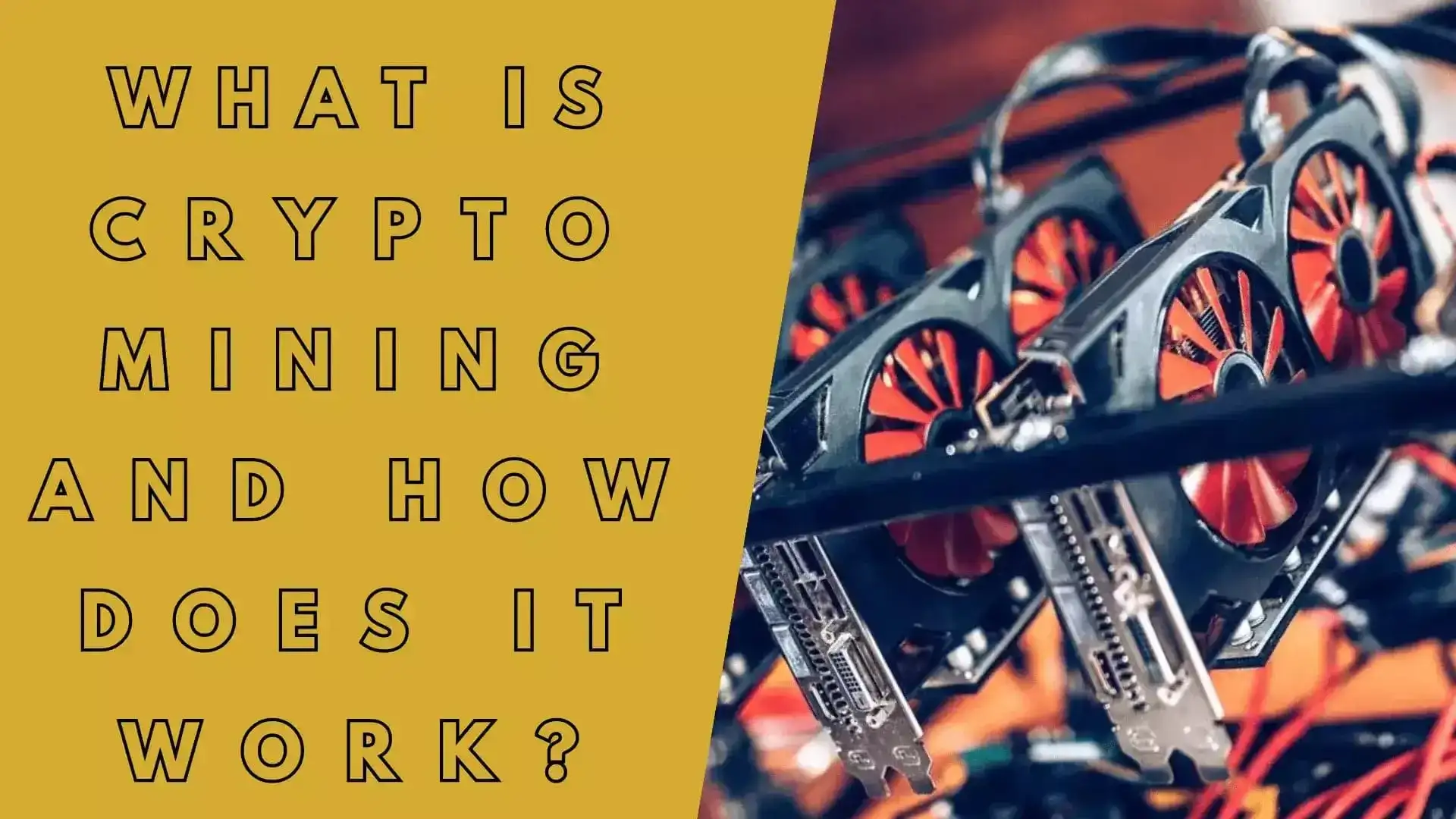Exploring Bitcoin Layer 2 Networks: Enhancing Scalability and Efficiency
In recent years, as the popularity of Bitcoin has surged, concerns regarding its scalability and transaction throughput have become increasingly pronounced. Bitcoin's main blockchain, while robust and secure, faces limitations in terms of processing speed and capacity. In response to these challenges, developers have proposed various solutions, one of the most prominent being Layer 2 networks. In this article, we'll delve into what Bitcoin Layer 2 networks are, how they work, and their significance in the realm of blockchain scalability.

Posted on 6 Mar 2024
Understanding Bitcoin's Scalability Challenge
Bitcoin's original design, while groundbreaking, has inherent limitations that hinder its scalability. The blockchain operates on a consensus mechanism known as Proof of Work (PoW), where transactions are validated by miners through solving complex mathematical puzzles. This process, while secure, is computationally intensive and can only handle a limited number of transactions per second (TPS). As Bitcoin gained traction, the network became congested during periods of high demand, leading to slower transaction processing times and higher fees.
What Are Layer 2 Networks?
Layer 2 solutions are protocols or mechanisms built on top of a blockchain's main layer (Layer 1) that aim to improve scalability and enhance functionality without altering the underlying consensus mechanism. These solutions leverage the security of the base layer while offloading some of the transactional burden to secondary layers, thereby increasing throughput and reducing costs.
Key Features and Benefits
- Scalability: Perhaps the most significant advantage of Layer 2 networks is their ability to significantly increase transaction throughput. By conducting transactions off-chain or in a layer parallel to the main blockchain, Layer 2 solutions alleviate congestion on the primary network, enabling faster and more efficient processing.
- Reduced Transaction Fees: With congestion alleviated, transaction fees typically decrease, making microtransactions and everyday use cases more practical. This reduction in fees can make Bitcoin more accessible to a broader range of users and applications.
- Instant Transactions: Layer 2 networks often facilitate instant transactions, enabling near-instantaneous settlement without waiting for confirmation on the main blockchain. This feature is particularly useful for applications requiring real-time transaction finality, such as retail payments and micropayments.
- Enhanced Privacy: Some Layer 2 solutions offer improved privacy features by obfuscating transaction details or aggregating multiple transactions into a single, more private transaction on the main blockchain.
Types of Bitcoin Layer 2 Networks
Several Layer 2 solutions have been proposed and implemented in the Bitcoin ecosystem. These include:
- Payment Channels: Payment channels, such as the Lightning Network, allow users to conduct off-chain transactions directly with each other, bypassing the need for on-chain confirmation for every transaction. Instead, a net settlement is periodically recorded on the main blockchain, reducing the number of transactions needed.
- Sidechains: Sidechains are independent blockchains that are interoperable with the main Bitcoin blockchain. Assets can be transferred between the main chain and sidechains, enabling faster and more flexible transactions while still benefiting from Bitcoin's security.
- State Channels: Similar to payment channels, state channels enable off-chain interactions between participants while periodically settling the final state on the main blockchain. State channels can support various types of interactions beyond simple payments, such as smart contracts and decentralized applications (dapps).
Challenges and Considerations
While Layer 2 networks offer significant advantages, they also present challenges and considerations:
- Complexity: Implementing and maintaining Layer 2 solutions can be complex and require additional infrastructure and development effort.
- Security: Layer 2 solutions must ensure that off-chain transactions are secure and resistant to attacks, such as double spending
- Interoperability: Ensuring seamless interoperability between Layer 2 networks and the main Bitcoin blockchain is essential for the ecosystem's overall health and functionality.
Conclusion:
Bitcoin Layer 2 networks represent a crucial innovation in addressing the scalability and efficiency challenges faced by the Bitcoin network. By leveraging secondary layers built on top of the main blockchain, these solutions offer increased transaction throughput, reduced fees, and enhanced functionality while maintaining the security and decentralization of the underlying protocol. As the Bitcoin ecosystem continues to evolve, Layer 2 networks are poised to play a central role in enabling broader adoption and facilitating a wide range of use cases.





